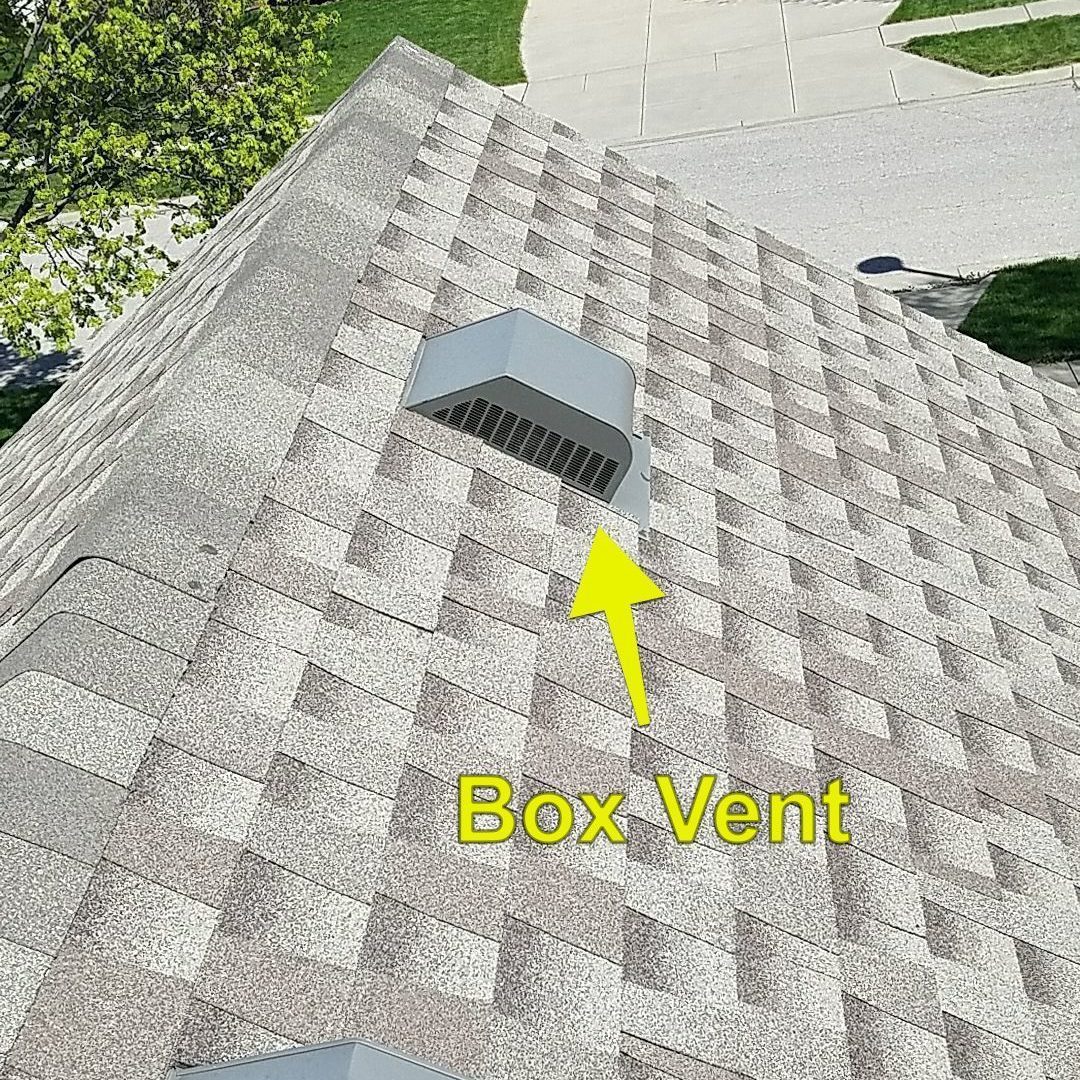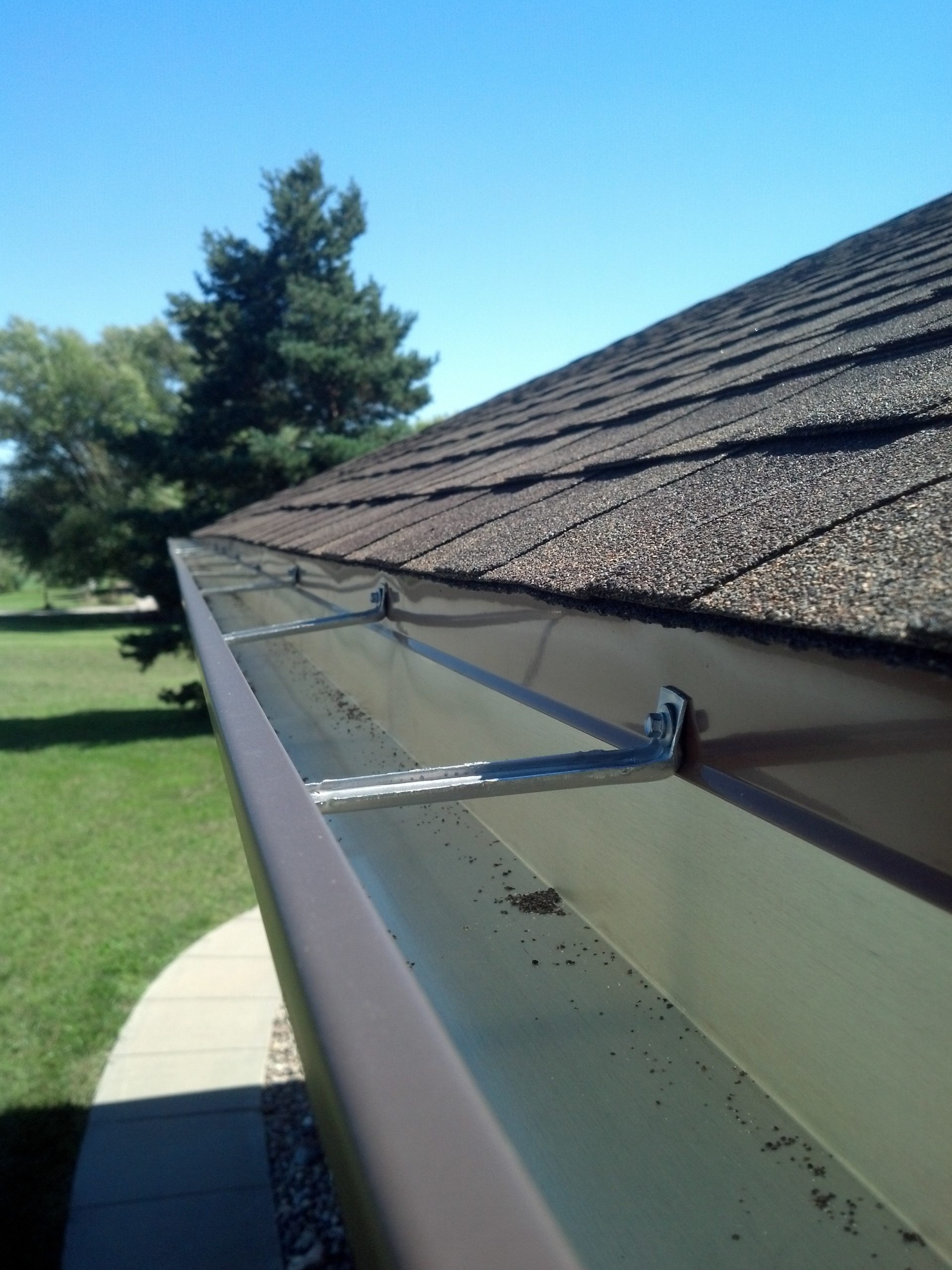On this blog, we’ve talked quite a bit about the importance of attic ventilation and making sure you have adequate air circulation for the longevity of your home’s roof. But what actually DOES that venting? And does it make a difference what you use to do it?
Simple answer: Venting is done by…um…vents. And yes, it makes a difference!
When it comes to residential roof vents, you have a few options. Most commonly, your choice will be between traditional box vents and the newer, more efficient ridge vent. There are a few specialty types we’ll touch on as well, but for the most part, these will be your two primary conduits to get your roof vented out the top.
Box vents are the most common vents you’ll see on a roof. They’re sometimes also called a 750, and they’re the more economical option. Box vents are placed around the roof toward the ridge, since they’re meant to give the warm, moist air in your attic a place to go, and as we know, warm air rises. But what you save in dollars with box vents, you might give up in efficiency – they’ll do the job, but not nearly as well (or as aesthetically) as ridge vent.
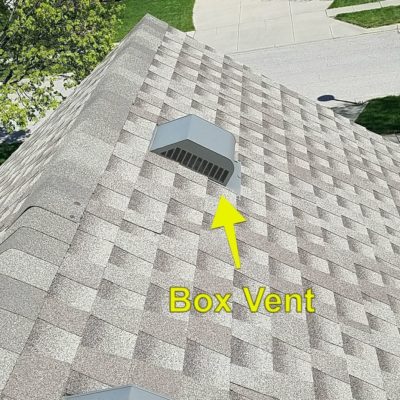
By contrast, ridge vent is installed from end to end along the entire roof, providing uniform cooling along the entire roof deck. This makes it much more effective than one or two box vents – it’s like one giant box vent along your whole roof, with a much lower profile. Once it’s installed, it’s covered with ridge cap shingles, so it’s barely noticeable from the ground (where a box vent is quite visible).
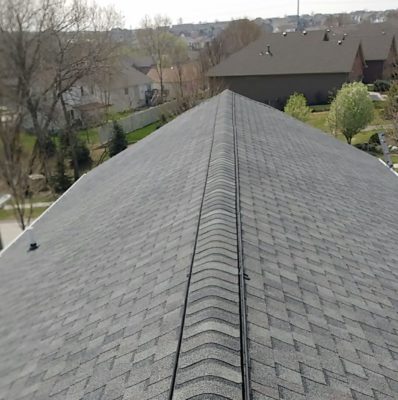
When choosing the type of venting you prefer with your roofing specialist, keep in mind the up-front cost isn’t the only factor. A roof is a long-term investment, and by providing better roof ventilation, you could be saving yourself in energy (heating and cooling) costs as well as repairs down the road.
There are a few other types of vents you might come across, too:
- Baffle vents are used to vent bathroom fans. It’s important to vent these fans out the roof, as condensation problems are most likely to happen when – as we know – warm, humid air meet cold outside air in the attic…and there’s a lot of warm, moist air that accumulates from bathrooms. White Castle Roofing installs baffle vents on the roof, but not the tubing inside the attic.
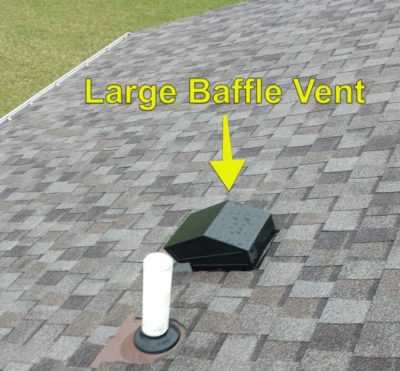
- A turbine is installed directly on the top of a roof and uses wind power to suction hot and humid air out of the attic. A turbine has a series of vanes that spin as wind passes through them. It’s the only venting option that moves, and can become noisy over time. It can also be combined with other venting options.
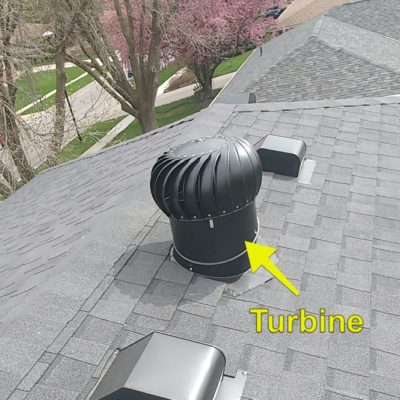
- A power vent is the only venting option that requires power/electricity. It can be combined with other venting options for optimal attic venting. White Castle Roofing will install power vents, but do not hook these up, as they require a skilled electrician.
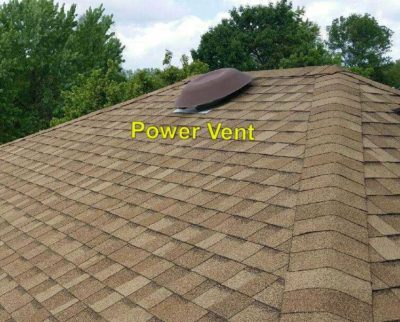
So when you drive around checking out your neighbors’ roofs (or are just admiring your own, especially if it’s a White Castle roof!), see if you can identify what vents you spot, and know what you want when you go to replace your own! And yes – you CAN always upgrade your own venting, if you aren’t sure what you have or how well it’s doing the job. Just request a free estimateor give your nearest White Castle Roofing officea call and we’ll come take a look!

